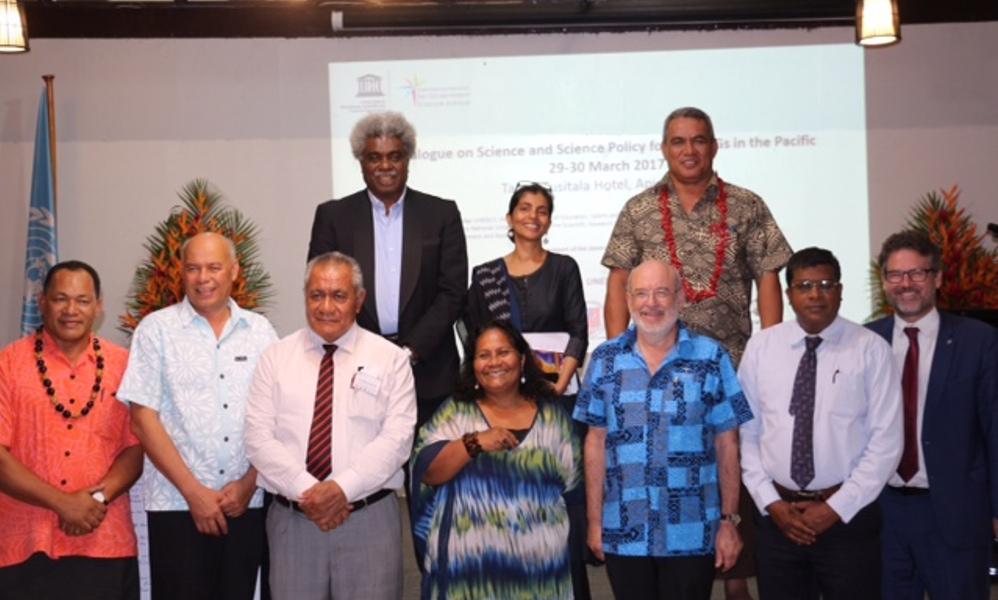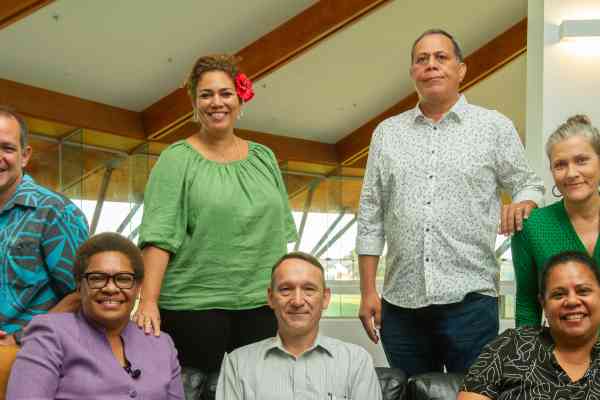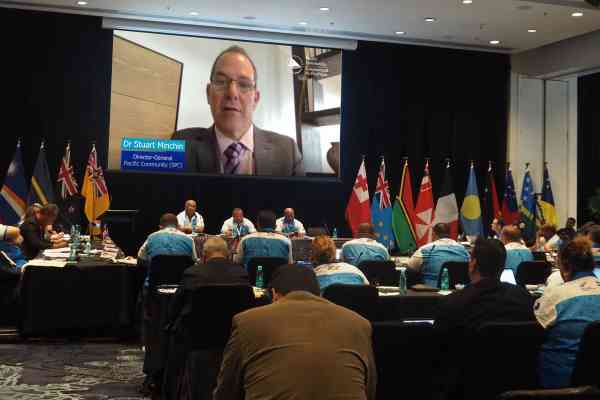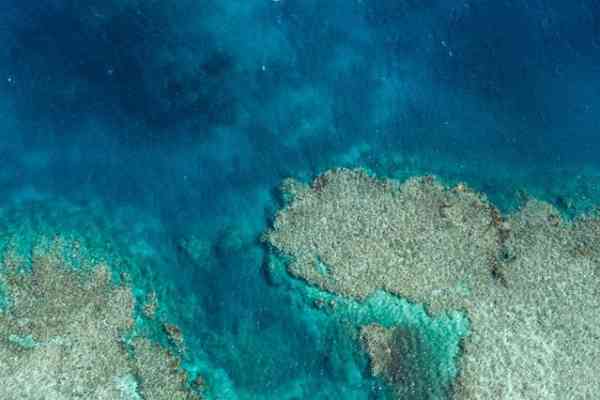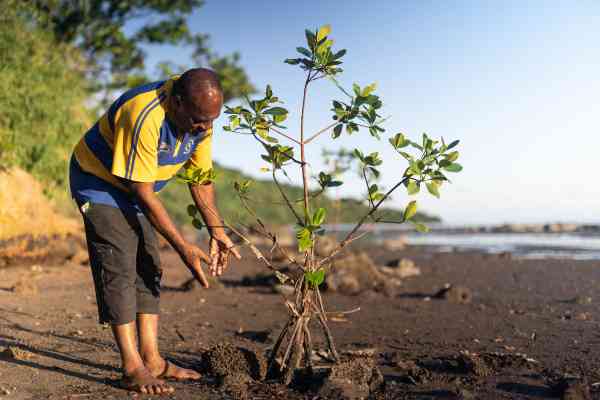I was pleased to join Pacific Ministers of Education and officials in Samoa last week to discuss science, technology and innovation (ST&I) strategies in the Pacific Islands, as part of a broader discussion on science and science policy advice for the Sustainable Development Goals (SDGs).
The meeting was hosted by UNESCO, the International Network for Government Science Advice (INGSA) and the Government of Samoa, with support from the Government of New Zealand. The Chief Science Advisor to the New Zealand Prime Minister, Sir Peter Gluckman, and the Assistant Director General for the Natural Sciences for UNESCO, Flavia Schlegel, provided much of the guidance for the meeting. I was able to share the work of SPC in supporting the SDGs in our member states and territories.
There was general agreement among all participants of the importance of all pacific nations having an ST&I strategy to support their national development plans. PNG and Tonga had well-developed plans, while several Pacific nations did not have formal ST&I plans.
ST&I strategies incorporate a range of activities, including science education in schools, community initiatives and structured science advice mechanisms for government policy. The PaceNet (Pacific-Europe Network for Science, Technology and Innovation) initiative had developed a potential roadmap for the Pacific, which requires further development.
SPC and other CROP (Council of Regional Organisations in the Pacific) agencies were requested to provide support for Pacific members to progress national ST&I strategies and a regional approach in support of island nations.
This work is natural fit with SPC’s mandate and purpose.
